Back to Mono: Old School Reissues Rocking Rock World
Business is booming for box sets of 1960s acts remastered into the original mono.
Whilst waiting for a dental appointment this afternoon, I picked up a copy of Rolling Stone for the first time in I don’t know how long and stumbled on an article titled “Back to Mono: Dylan, Doors Reissues Unearth Classic Sound.” I’ve been unable to locate it on the magazine’s website but someone has uploaded the entire issue on scribd.com. It’s on page 22.
The format doesn’t allow copying but the gist of the piece is that, with these new releases, “fans will finally hear Bob Dylan’s early music the way Dylan intended it to be heard.”
Now, we had essentially this same debate a couple decades back when Ted Turner started “colorizing” old black and white movies for his various cable channels. His theory was that the only reason those movies were in B&W was because color was either unavailable or too expensive and that fans much preferred to see movies in color since, well, the world is in color. (The opposite theory was proposed in an old “Calvin and Hobbes” strip, wherein the dad explained that the world was in black and white until the late 1930s.) Movie critics and artistes were incensed, arguing that directors made decisions based on the format and that colorizing them post-hoc cheapened the art. I tended to side with Turner in that one.
Upon reading the opening paragraphs of this piece, I had a similar reaction, rolling my eyes at the notion that Dylan and company wanted people to hear their music using crappy reproduction techniques. But, upon further reading, I started to be persuaded to this view. Apparently, mono recordings produced a quite different sound and one which, while not allowing for all the subtleties of later formats, gave a “full bore” treatment to the vocal performances.
Long after stereo was available for recording albums, producers kept making monorail recordings because that’s the format that AM radio — which is to say, radio — was in and therefore the sound that audiences would be introduced to song in. And few teenagers had stereo record players, anyhow. And, thus, as engineer Allan Rouse contends, “At the beginning, mono was all [Beatles producer] George Martin was thinking about.” Further, while stereo versions were made, the producers often used substantially different arrangements. For example, “The mono mix of Sgt. Pepper has different song endings (more guitar toward the end of the title track) and varied tempos (a slightly faster “She’s Leaving Home”).
Additionally, some purists contend that mono is actually a truer sound. Bob Irwin, owner of something called Sundazed, points out, “When you hear a band playing live, the vocals don’t come out of a left speaker and the instruments out of the right. If you want to hear a band playing together, that’s mono.”
I’m not fully sure I buy it. I’d have to listen to several recordings back-to-back to compare the versions. But it’s certainly a plausible theory.
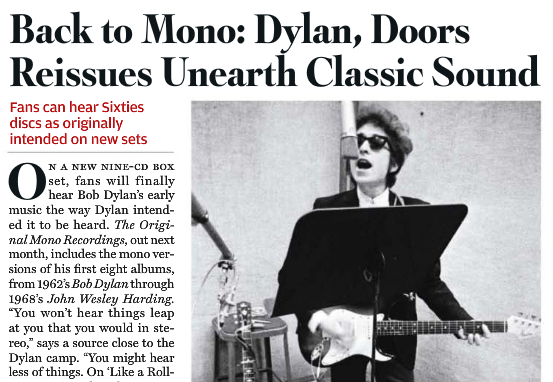

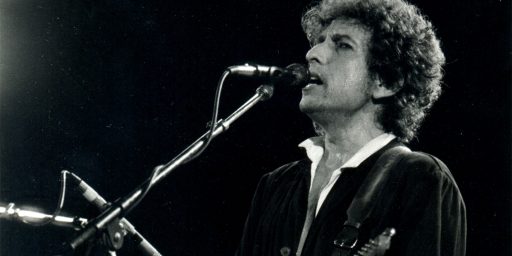
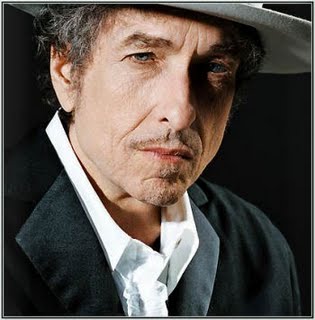

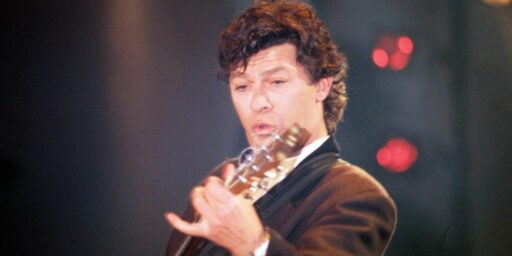
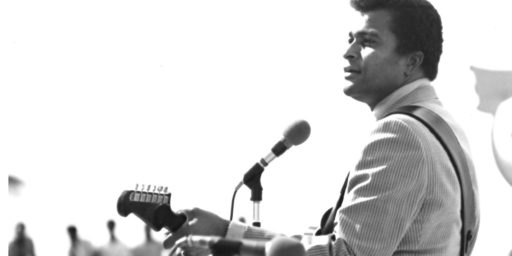
Well, Ringo was a crappy drummer — perhaps if the Beatles had their choice of modern drummers, they would have sounded better. Let’s go stereo and replace Ringo too!
Maybe the key is, admittedly having not read the article:
“I’d have to listen to several recordings back-to-back to compare the versions.”
Now that we’ve transitioned from vinyl, to cassette, to CD, to Nano, we need to take that next step and make sure we have three $1 versions of a given song to compare.
Sometimes I feel like a rolling stone.
Depends on the movie. Colorizing, say, Schindler’s List is clearly going against the creator’s intent. Colorize Pleasantville and the movie won’t even make sense anymore.
And the article is just in time for Christmas, for your parents/grandparents who have everything!
“something called Sundazed…”
would be http://www.sundazed.com/, a nice reissue label.
Sure. But Turner was mostly colorizing movies from the 1930s and 1940s shot in B&W for budgetary reasons.
@Gustopher
“Well, Ringo was a crappy drummer ”
Uh, don’t think that is the received opinion amongst his contemporaries. See, 100 Greatest Rock Drummers (http://www.digitaldreamdoor.com/pages/best_drummers.html), where he considered 13th out of the 100. Or Sytlus Magazine’s 50 Greatest Rock Drummers (http://www.stylusmagazine.com/articles/weekly_article/stylus-magazines-50-greatest-rock-drummers.htm), where he’s ranked 26th.
He was no Ginger Baker, that’s true, but he wasn’t a hack, either.
“Sure. But Turner was mostly colorizing movies from the 1930s and 1940s shot in B&W for budgetary reasons.”
True, about the budgetary thing, but there were some artistic motives, too. Some things could be done in B&W that would just not work in color. My favorite example is from a crime movie, which name I’ve forgotten. The director had shot the gang sitting around a table planning the job. It was obvious that there were tensions within the group, tensions that would undo them in the end. The planning was inchoate. This being the 40s, they were all smoking. And as the bickering and arguing went on the planning process, the camera panned up to the wall behind them and you could see the shadows of the cigarette smoke coiling and mergin and reforming and separating … and the scene dissolved. It was a very powerful visual metaphor. When the film was colorized, the smoke shadows disappeared and all you saw was a blank wall. The scene had lost its power.
“When you hear a band playing live, the vocals don’t come out of a left speaker and the instruments out of the right. If you want to hear a band playing together, that’s mono.”
That’s true in large venues where all you hear is the amplified sound from the speakers. But if you listen to acoustic music in a small intimate setting, or jazz, chamber, or orchestral music, you will hear the instruments at different locations of the soundstage. Even a decent home setup with good speakers will show where on the soundstage the instrument is coming from, of course if the recording was made by an experienced sound engineer and producer. It is with those recordings that I get to experience the “almost there” feeling of being in a small venue listening to the real thing.
That is a good site, Kib.
Well, I did buy the Beatles mono box set – and have to say that the sound is indeed quite different. I found them to be better than the originals in almost every case.
One should remember that “stereo” in the middle sixties was primitive (and done after the final mix by sound engineers, rather than the producers and artists).
Oh – and Gustopher: Ringo sounds tons better – tighter, sharper – on the mono discs.